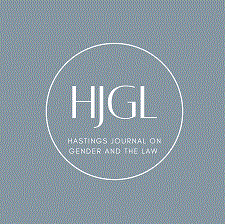
Abstract
All women who live long enough with ovaries intact will experience the menopause transition. This nearly universal, natural physiological event transcends mere biology, however. In our culture, the menopause also connotes a marker of aging. Margaret Meade considered menopause as the portal to a season of postmenopausal zest. Others, such as the infamous gynecologist Robert Wilson, approached menopause as an endocrine deficiency disorder with only negative sequelae in a woman's appearance, sexuality, and health. In an effort to relieve women's symptoms and to ward off the vagaries of aging, hormone therapy entered midstream medicine over fifty years ago. In an effort to confirm the utility of hormone therapy as a preventive strategy to reduce chronic disorders associated with aging, the National Institutes of Health funded the largest, longest, clinical trial ever conducted in women. In the decade since the initial announcement of the Women's Health Initiative trial findings in 2002, both women and clinicians have been challenged to reconsider the use of hormone therapy for treating the most common symptoms of the menopause. Determination of risks and benefits, careful candidate selection, and consideration of different doses, regimens, preparations, modes of administration, and durations of therapy have significantly altered the current approach to hormone therapy. Expanded nonhormonal options for symptom relief provide alternative choices for women who are not appropriate candidates for, or who are averse to, estrogen therapy. Above all, ensuring that tailored therapy is available to meet the individual needs of each individual woman remains the first priority.
Recommended Citation
Cynthia A. Stuenkel,
Hormone Therapy for Postmenopausal Women: A Brief History of Time,
23 Hastings Women's L.J. 45
(2012).
Available at: https://repository.uclawsf.edu/hwlj/vol23/iss1/1

